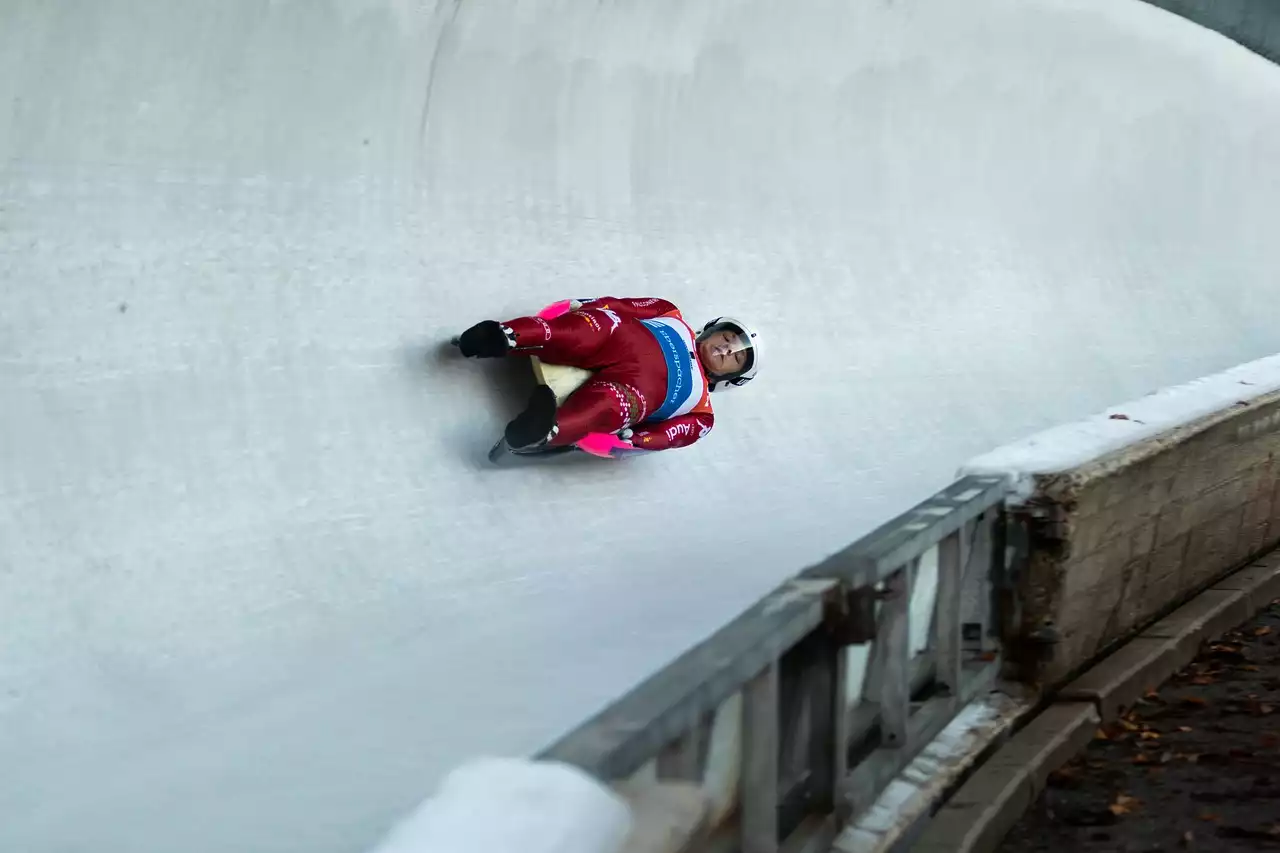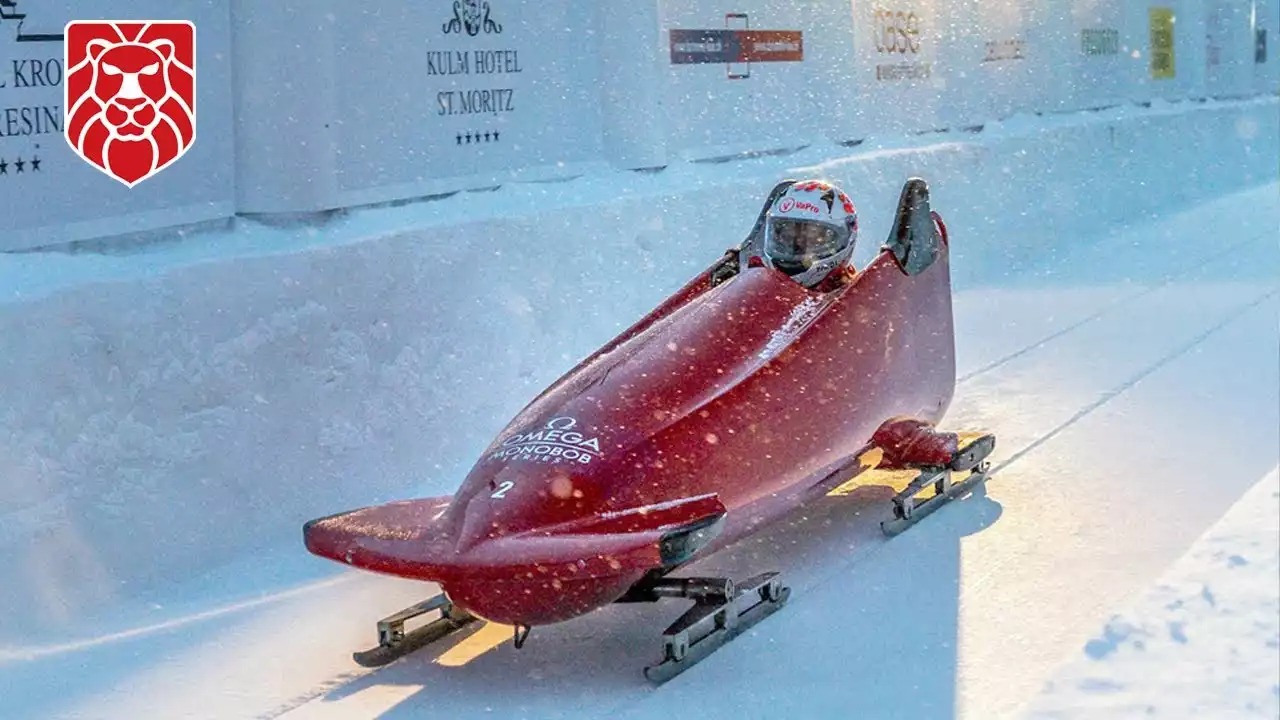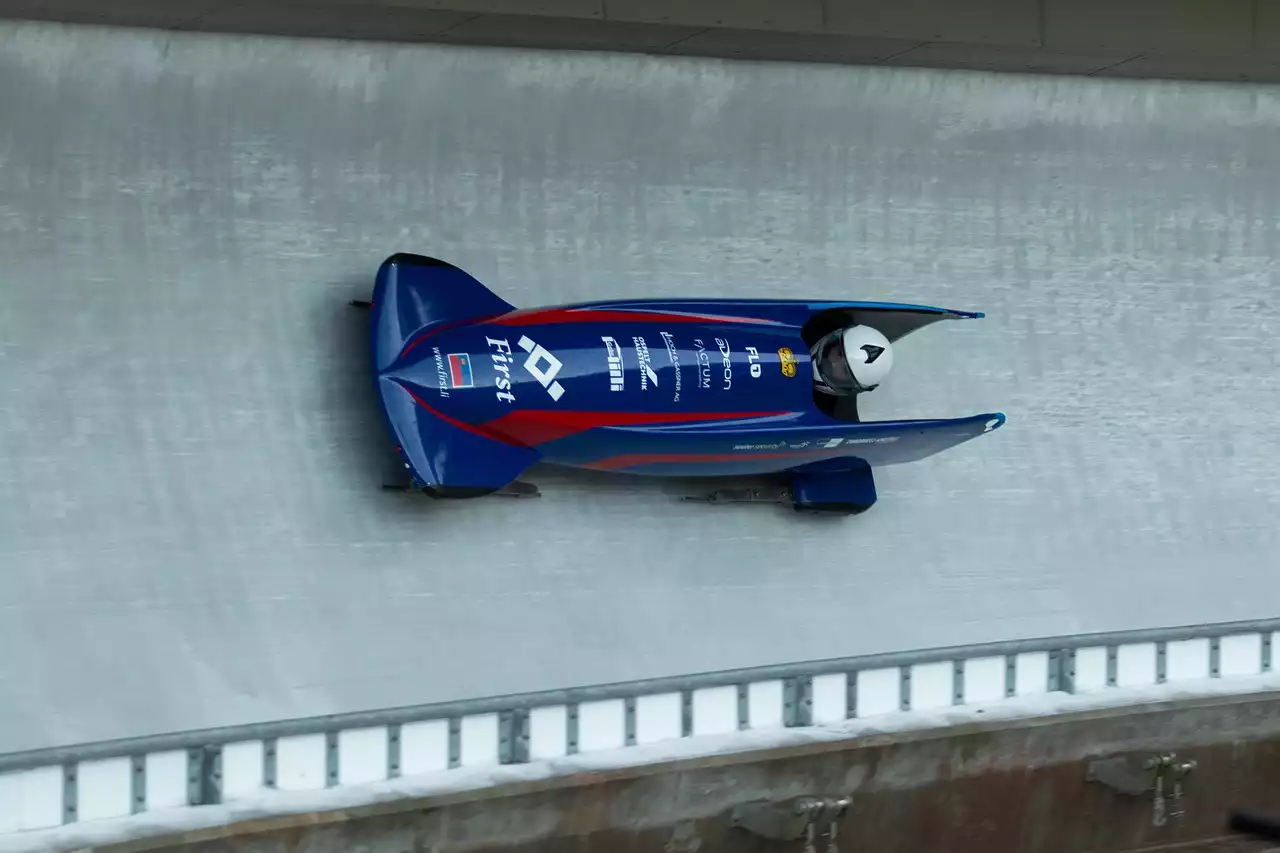The History of Bobsleigh: From its Beginnings to the Modern Sport
Bobsleigh has a rich history that dates back to the late 19th century. It originated in Switzerland, where thrill-seeking tourists began racing down snow-covered hills in primitive sleds. These early versions of bobsleigh were not as sleek or sophisticated as the ones we see today. They were often made from wood and lacked the aerodynamic design that modern sleds possess. Over time, the sport gained popularity, and dedicated tracks were built to accommodate the growing number of participants. Today, bobsleigh has become a highly competitive sport that combines speed, precision, and teamwork.
The sport made its Olympic debut in 1924 at the Winter Games in Chamonix, France. Since then, bobsleigh has evolved significantly, with advancements in technology and training techniques pushing the boundaries of what is possible. Athletes now compete on tracks that feature a combination of straightaways and tight curves, testing their skills and nerves. The sport has also become more inclusive, with women's bobsleigh being introduced in the 2002 Winter Olympics.
Bobsleigh has come a long way from its humble beginnings, and its growth shows no signs of slowing down. The sport continues to captivate audiences around the world, with athletes pushing the boundaries of speed and skill in their quest for victory.
Bobsleigh Equipment: Understanding the Sleds, Helmets, and other Gear
At the heart of bobsleigh is the sled, a marvel of engineering that combines speed and precision. Modern sleds are made from high-tech materials such as carbon fiber and fiberglass, which help reduce weight and increase maneuverability. These sleds are meticulously designed to minimize air resistance and maximize speed. They feature a streamlined shape and low profile, allowing them to glide effortlessly over the ice.
The sleds used in bobsleigh come in different sizes, depending on the number of athletes they can accommodate. The four-man sled is the largest and heaviest, weighing around 630 pounds. It can reach speeds of up to 90 miles per hour, making it one of the fastest objects on ice. The two-man sled is smaller and lighter, weighing around 390 pounds. It requires a delicate balance of weight distribution to achieve optimal speed and control. In women's bobsleigh, a two-woman sled is used, which is similar in design to the two-man sled but slightly lighter.
In addition to the sled, athletes rely on a range of protective gear to ensure their safety. Each team member wears a helmet, which is designed to absorb impact and reduce the risk of head injuries. Helmets are now equipped with built-in communication systems, allowing athletes to communicate with each other during the race. Athletes also wear specialized shoes with spikes to provide traction when pushing the sled at the start.
Bobsleigh Tracks: Exploring the Different Types and Famous Venues
Bobsleigh tracks, also known as ice tracks or runs, are the battlegrounds where athletes showcase their skills and bravery. These tracks are specifically designed to provide a challenging and thrilling experience for bobsleigh athletes. They feature a combination of straightaways and tight curves, with varying degrees of difficulty.
There are several types of bobsleigh tracks, each with its own unique characteristics. Natural tracks are built on existing terrain, usually on a mountainside. They offer a more organic and unpredictable experience, with athletes navigating through natural obstacles such as trees and rocks. Artificial tracks, on the other hand, are man-made and constructed using concrete or ice. These tracks are meticulously designed to ensure optimal speed and safety.
One of the most famous bobsleigh tracks in the world is the St. Moritz-Celerina Olympia Bobrun in Switzerland. This track has been in use since the early 1900s and is considered one of the most challenging tracks on the circuit. It features a series of fast curves and steep drops, testing the skills and nerves of even the most experienced athletes.
Another iconic track is the Whistler Sliding Centre in Canada, which was built for the 2010 Winter Olympics. This track is known for its high-speed sections and technical corners, providing a thrilling ride for both athletes and spectators. Other notable tracks include the Altenberg track in Germany, the Lake Placid track in the United States, and the Sanki Sliding Centre in Russia.
Bobsleigh Disciplines: Four-Man, Two-Man, and Women's Bobsleigh
Bobsleigh is divided into different disciplines, each with its own set of rules and regulations. The most common disciplines include four-man, two-man, and women's bobsleigh.
In the four-man discipline, a team of four athletes, known as the crew, work together to navigate the track as quickly as possible. The crew consists of a pilot, who steers the sled, and three pushers, who provide the initial burst of speed at the start. The pilot's role is crucial, as they are responsible for steering the sled and making split-second decisions to ensure a smooth and fast run.
The two-man discipline follows a similar format, with a pilot and a single pusher. This discipline requires a delicate balance of weight distribution and precise steering to achieve optimal speed and control.
Women's bobsleigh made its debut at the Winter Olympics in 2002 and has since gained popularity. The discipline follows the same rules as the two-man bobsleigh, with a pilot and a single pusher. Women's bobsleigh has provided a platform for female athletes to showcase their skills and compete at the highest level.
Each discipline requires a combination of strength, speed, and coordination. Athletes must work together as a team, relying on trust and communication to navigate the track successfully.
Bobsleigh Techniques: Mastering the Push-Start and the Driving Skills
Bobsleigh requires a combination of physical strength, technical skill, and precise timing. Two key techniques that athletes must master are the push-start and the driving skills.
The push-start is a critical component of bobsleigh, as it sets the tone for the rest of the race. Athletes must work together as a team to generate maximum speed in a short distance. They sprint alongside the sled, pushing it with all their strength before jumping in and assuming their positions. The push-start requires explosive power and perfect coordination to achieve optimal speed.
Once the sled is in motion, the pilot takes over and becomes the driver. Driving a bobsleigh is a delicate art that requires precise steering and control. The pilot uses a combination of body movements and subtle adjustments to navigate the twists and turns of the track. They must anticipate the track's nuances and make split-second decisions to maintain speed and avoid crashing. Driving a bobsleigh requires both physical and mental agility, as athletes must stay focused and react quickly to changing conditions.
Mastering the push-start and the driving skills takes years of practice and dedication. Athletes must fine-tune their technique and constantly strive for improvement to compete at the highest level.
Notable Bobsleigh Athletes: Highlighting Famous Names in the Sport
Over the years, bobsleigh has produced a number of legendary athletes who have left their mark on the sport. These individuals have showcased exceptional skill, speed, and determination, earning them a place in the history books.
One of the most renowned bobsleigh athletes is Francesco Friedrich from Germany. Friedrich has dominated the sport in recent years, winning numerous world championships and Olympic medals. Known for his explosive starts and precise driving, Friedrich is considered one of the greatest bobsleigh athletes of all time.
Another notable athlete is Kaillie Humphries from Canada. Humphries has achieved unprecedented success in women's bobsleigh, winning multiple Olympic gold medals and world championships. She is known for her fearless driving and exceptional leadership skills, making her a formidable competitor on the track.
Other legendary bobsleigh athletes include Andre Lange from Germany, who has won multiple Olympic gold medals in the discipline, and Pierre Lueders from Canada, who is known for his longevity and consistency in the sport.
These athletes, along with many others, have pushed the boundaries of what is possible in bobsleigh, inspiring a new generation of athletes to chase their dreams and strive for greatness.
Bobsleigh Competitions: Major Events and the Winter Olympics
Bobsleigh competitions take place throughout the year, with athletes competing in various events and championships. The pinnacle of the sport is the Winter Olympics, where athletes from around the world gather to showcase their skills and compete for gold.
The Olympic bobsleigh competition consists of four runs spread over two days. Each run is timed, and the total time determines the winner. The competition is intense, with athletes pushing themselves to the limit in pursuit of Olympic glory.
In addition to the Olympics, there are several other major events in the bobsleigh calendar. The World Championships, held annually, bring together the best athletes from each nation to compete for the title of world champion. These championships feature both team and individual events, providing a showcase of talent and skill.
Other notable competitions include the World Cup circuit, which consists of multiple races held throughout the season. The World Cup is a series of races in different countries, with athletes accumulating points based on their performance. At the end of the season, the athlete with the most points is crowned the World Cup champion.
Bobsleigh competitions provide a platform for athletes to test their skills, challenge their limits, and strive for greatness. These events captivate audiences around the world, showcasing the raw power and excitement of the sport.
The Thrill of Bobsleigh: Experiencing the Adrenaline Rush
Bobsleigh is not just a sport; it's an adrenaline-fueled experience that leaves athletes and spectators alike breathless. The combination of speed, precision, and sheer power creates a thrilling and awe-inspiring spectacle.
For athletes, the thrill of bobsleigh lies in the pursuit of the perfect run. The adrenaline rush that comes from hurtling down the track at breakneck speeds is unmatched. Every twist and turn, every split-second decision, can make the difference between victory and defeat. The exhilaration of pushing the limits of what is physically possible is what drives athletes to train tirelessly and compete at the highest level.
For spectators, the thrill of bobsleigh lies in witnessing the raw power and skill of the athletes. The thundering sound of the sled as it races past, the blur of colors as athletes navigate the curves, the collective gasps and cheers from the crowd – all contribute to an electrifying atmosphere. Bobsleigh is a sport that captivates the imagination and reminds us of the indomitable human spirit.
Whether you're watching from the sidelines or experiencing the sport firsthand, bobsleigh offers an unforgettable adrenaline rush that will leave you in awe.
Bobsleigh Safety: Ensuring the Well-being of Athletes
While bobsleigh is undeniably thrilling, safety is of paramount importance. The sport carries inherent risks, and athletes must take precautions to minimize the chances of injury.
To ensure the well-being of athletes, strict safety regulations are in place. Helmets, as mentioned earlier, are mandatory and designed to absorb impact and protect against head injuries. Athletes also wear specialized suits and padding to minimize the risk of abrasions and fractures.
Bobsleigh tracks are meticulously maintained to ensure optimal safety. Track officials constantly monitor and inspect the ice for any abnormalities or hazards. The curves are designed with specific banking angles to help athletes maintain control and reduce the risk of crashing.
In recent years, there have been advancements in sled technology to improve safety. Sleds are now equipped with roll cages and other safety features to protect athletes in the event of a crash. These measures, along with rigorous training and preparation, help minimize the risks associated with bobsleigh.
While safety is a top priority, it's important to remember that bobsleigh is an extreme sport that requires skill, courage, and a certain appetite for risk. Athletes willingly embrace these risks in their pursuit of greatness, and their dedication and passion for the sport are what make bobsleigh so captivating.











